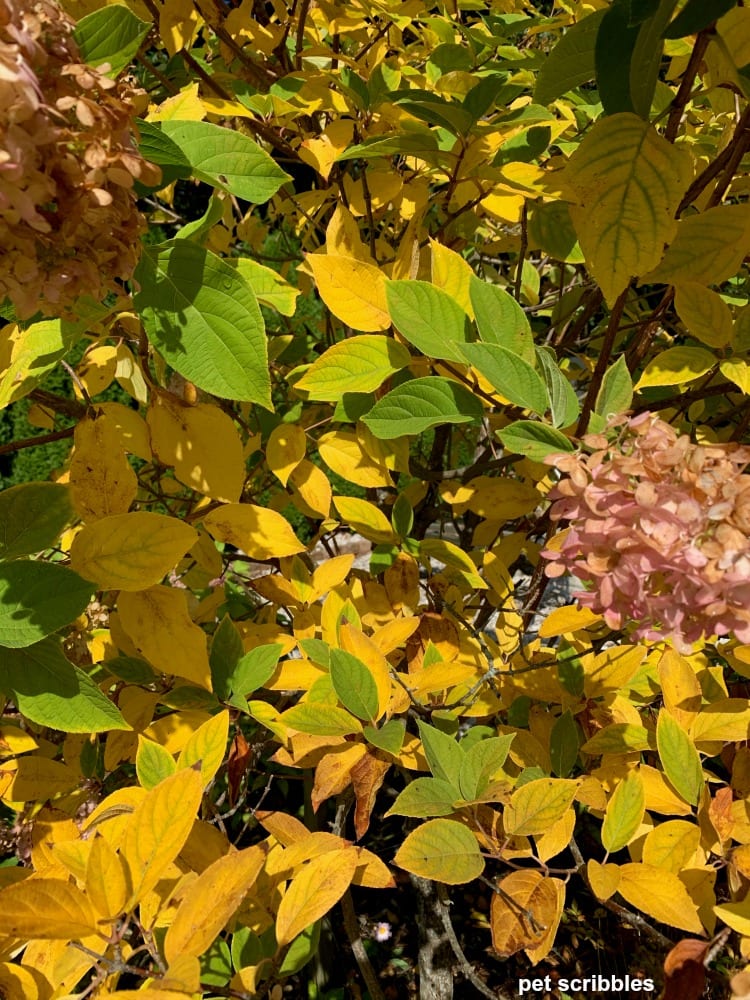How Hydrangea Leaves Turning Yellow can Save You Time, Stress, and Money.
Table of ContentsThe Main Principles Of Hydrangea Leaves Turning Yellow Getting The Hydrangea Leaves Turning Yellow To WorkThe 2-Minute Rule for Hydrangea Leaves Turning YellowThe Hydrangea Leaves Turning Yellow Ideas
Large fallen leaves usually look saggy during the afternoon warmth. When they fall short to perk up in the evening or still look wilted in the early morning, your plant might be overwatered.Get rid of the plant from the dirt and trim out any type of roots that aren't white and turgid (plump). Replant in a brand-new place or function some sand right into the dirt for much better drainage. Underwatering also causes leaves to turn yellow with brownish, crunchy sides. Do not try to remedy the trouble by watering excessively.
Add a little pure water, mix the ingredients, and drain the additional water. Put a p, H screening strip in and wait for an analysis. Alternatively, you can make use of an low-cost wetness and ph screening meter which will likewise come in handy later on when you desire to inspect your plant for underwatering and overwatering.
Sphagnum moss or peat moss prevents the soil from condensing and betters dirt drainage while likewise elevating the soil's level of acidity. You can spread sulfur chips in your hydrangea soil.
How Hydrangea Leaves Turning Yellow can Save You Time, Stress, and Money.
This is one good reason to repot houseplants routinely (though there are others, such as origin development for instance). It is additionally why houseplants call for a much more stringent feeding regular than the majority of outdoor plants. When a hydrangea houseplant lacks nutrients, its fallen leaves will be the first to show the indicators.

You will certainly additionally need to feed the plant by hand and normal intervals. When spring starts in March, it's the energetic expanding period for several houseplants, including hydrangeas.
The dripline is the area located under the vegetation that is the outermost away from the center of the plant. So rather than applying feed to the facility of the plant it is best to focus it mostly in the outer locations of the pot. If you prefer to use a slow-release fertilizer such as granular or spike plant food, then cover either type with some soil after you put them.
The Only Guide to Hydrangea Leaves Turning Yellow
Although the hydrangea is surprisingly frost-resistant, once temperatures start getting into the 20s, the plant is in major threat. If the temperatures are in the low 10s, that risk is much more severe still. Certainly this is more of a concern with exterior plants so if you maintain potted hydrangea outside you should bring them indoors in extremely cold climate conditions or also think about relocating them inside throughout of the winter season.

A dried hydrangea, A huge problem with lots of houseplants is root rot. Root rot takes place when you overwater a plant and because it is such an usual issue (specifically with succulents) many houseplant owners are fearful of overwatering their plants. However, hydrangeas need more watering that a lot of various other usual houseplants and can become dried out when they are underwatered (Hydrangea Leaves Turning Yellow).
Getting My Hydrangea Leaves Turning Yellow To Work
Be absolutely certain that your hydrangea is dehydrated due to a lack of water and not due to it be given too much water (a lot more on this later). Overwatering is a serious issue if you skimp on its water requirements also a little useful content bit, your hydrangea will right here certainly be quick to reveal it.
, you will promptly tell if the plant needs water. To get your hydrangea watering behaviors on the appropriate track, you require to be mindful regarding the moisture levels in its soil.
When you remove your finger from moist dirt it will certainly have percentages of soil deposit stayed with it. Dry dirt will certainly mean your finger comes out clean or with completely dry soil that is quickly surprised. If it's damp, and the plant has yellow fallen leaves then the plant has actually likely been overwatered and you will need to adhere to the recommendations given up the area listed below.